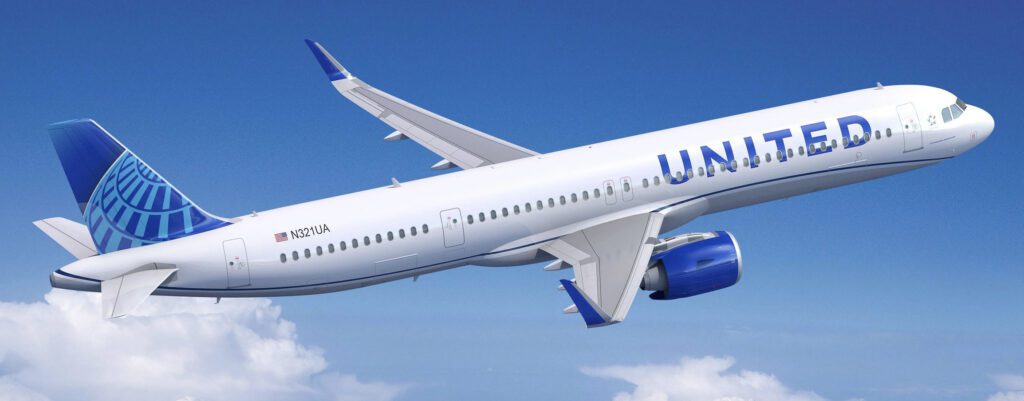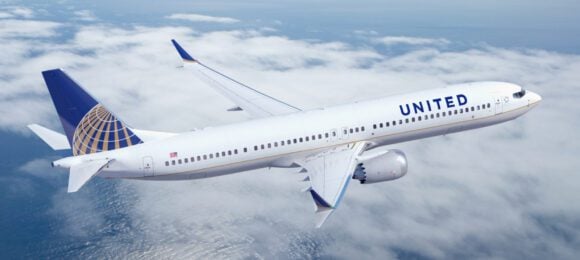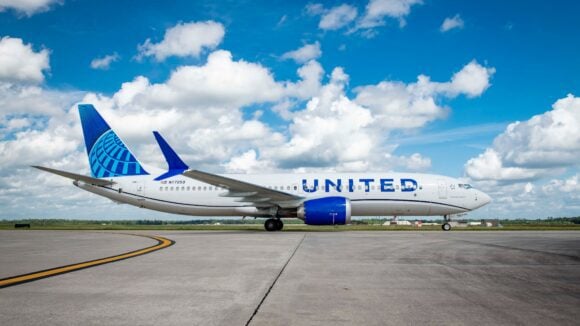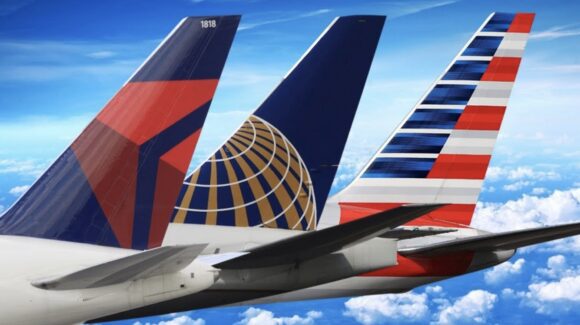
United Airlines reported its third quarter 2004 financial results this week, with strong results that exceeded Wall Street expectations. The company reported adjusted pre-tax earnings of $1.4 billion, an adjusted pre-tax margin of 9.7%, and adjusted diluted earnings per share of $3.33, well above start of the quarter guidance of $2.75 to $3.25. Guidance for the 4th quarter is for adjusted EPS between $2.50 and $3.00.
The implications of this strong performance is that two domestic carriers, Delta and United, are separating themselves from the rest of the industry through strong premium traffic and passenger preference, and are positioning themselves well for the future. In North America, we would add Air Canada to that group. Industry innovation and leadership has changed, with United a key player defining the future.
Benefiting from Industry Capacity Reductions and Service Improvements
The company had expected revenue improvement with unprofitable capacity exiting the market during the quarter, which appears to have occurred in domestic markets. United’s basic economy was up 21% year over year, taking passengers from low cost competitors like Southwest and Frontier. With United and Delta performing well, but weaker performance from other competitors, the expectation that margins for Delta and United could expand significantly in each of the next three years bodes well for their financial performance.
The carrier’s United Next strategy, is working, with a new focus on service, including upgrades of lounges and the introduction of on board wi-fi from Elon Musk’s Starlink to differentiate its service from other competitors. The focus on premium cabin and higher yield customers is a key element of United’s strategy to attract business travelers.
Business travel reached 95% of 2019 levels, and is returning for United, albeit with many customers combining business and leisure trips. While the same customers are returning, their cabin choice depends on how much they are able or willing to spend on these combination trips.
Financial Performance
Operating revenues reached $14.84 billion in the 3rd quarter, beating estimate and up 2.5% year over year. Passenger revenues were up 1.6% to $13.56 billion. Capacity was up 4.1% in anticipation of other carriers reducing unprofitable capacity, a trend which began this quarter as predicted. Load factor fell by 1.1 points during the quarter, but remains at a robust 85.3%.
Revenue per ASM fell 1.6% to 18.2 cents, with yield per RPM at 19.5 cents. Operating Expenses increased 4.2% to $13.3 billion. Cost per Available Seat Mile (CASM) increased to 12.26 cents. United has benefitted from lower fuel costs and an efficient fleet in 2024.
The company also authorized a $1.5 billion share buyback program, which will enable the payback of some pandemic era government loans without shareholder dilution.
The Bottom Line
United is performing well and differentiating itself with premium service levels that enable it to achieve higher yields. The company continues to expand internationally on unique routes, adding a route to Greenland with twice a week narrow-body service as an example of high yield niche markets it is exploiting.
Growth may be constrained by continuing late deliveries from both Airbus and Boeing, but the carrier is still planning capital expense at the low end of its guidance given the Boeing strike and the inability of Boeing to deliver airplanes.
The outlook for United is strong, and it appears that the United Next strategy is bearing fruit for the airline. We are expecting positive fourth quarter results in a traditionally down quarter for airlines.
Views: 36





